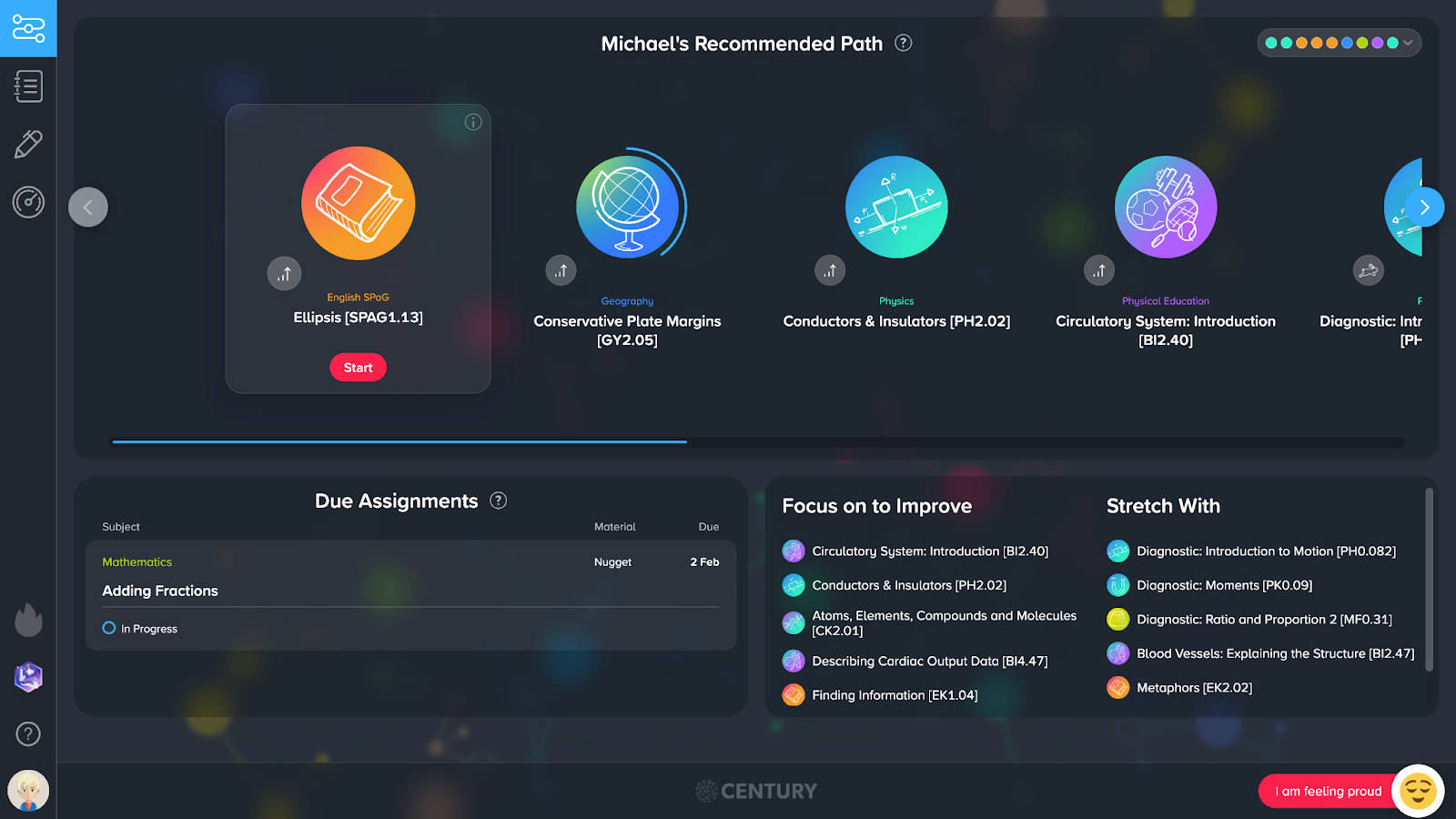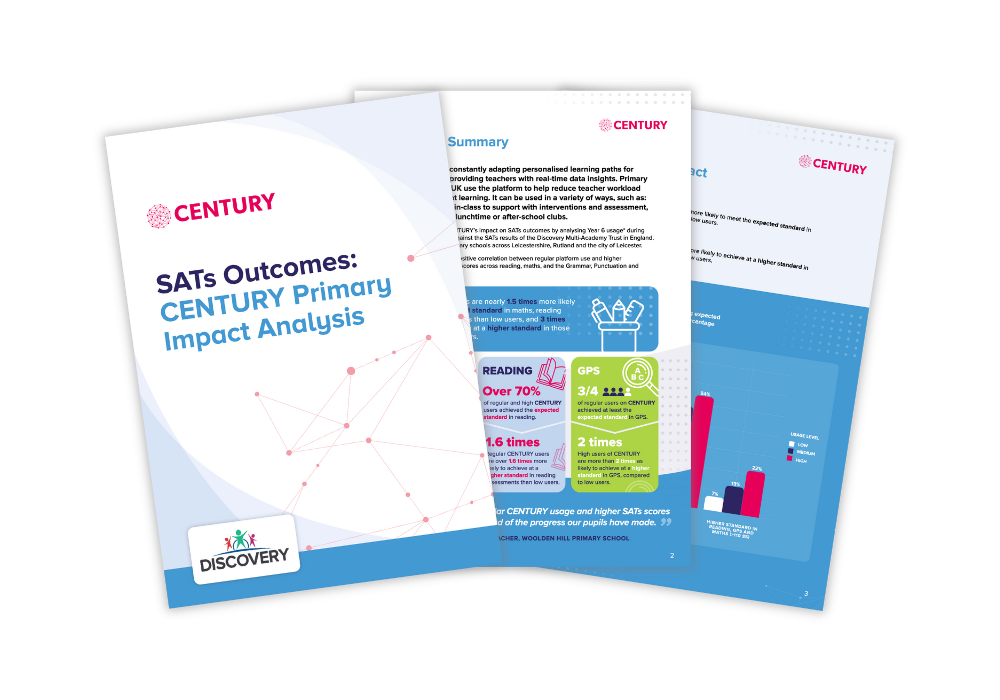CENTURY’s initial assessments for FE can be used by colleges to assess any student’s level to help facilitate a seamless transition into their college career - but how does this work in practice? Rebecca Brownrigg, Functional Skills Curriculum Manager at Wolverhampton College, shares how her college uses CENTURY to streamline initial assessments from start to finish.
I love CENTURY – it’s the platform to be on. It has enabled us to have a package that not only helps us with our Functional Skills reform, but also provides students with the provision they need for GCSEs as well. The artificial intelligence on the platform identifies where students need to develop their skills, and for students who only just missed out on passing their GCSEs, this means that they don’t have to go through the entire syllabus again. We can just identify and target their areas of need.
I have been very involved in the planning of using CENTURY for initial assessments specifically, starting with our maths and English teams then with our admissions and recruiters. That has been very beneficial for us, and we’ve worked very closely with CENTURY to get it to work exactly as we want it to for our learners, so that we’re able to provide them with instant access to the platform. This has streamed our learners into the correct classes and enabled us to give them the right support right from the beginning.
So, how exactly did we start using CENTURY for initial assessments?
Step 1: Planning
We worked closely with CENTURY to set up the delivery of initial assessments at Wolverhampton College.
Once we had worked together to identify the specific groups requiring IA and which areas would need to be assessed for each group, the Customer Success team at CENTURY took on the heavy lifting of creating the necessary classes and assigned them the correct work. All of the teachers who were involved in administering or assessing students were assigned to the relevant class so they had access to the class list and data.
Specific IA training was then delivered by CoWC to the staff running the admissions process to ensure staff understood how this should be carried out.
Step 2: Onboarding students
Class codes were handed out to students by the trained staff administering the admissions process, and these allowed students to access the correct class and course for their needs. Staff emphasised the importance of students entering their details carefully and accurately to avoid any errors in the data.
Providing students with this code meant that they were able to access to CENTURY prior to enrollment, and were essentially able to self-onboard onto the platform.
Step 3: Analysing the Data
Once the IA was completed, staff were able to analyse the results in the Teacher Dashboard, and we broadly followed the system that:
- Students who achieved 70%+ may be able to move up a level
- Students who achieved 40 - 70% are probably at the appropriate level
- Students who scored below 40% may struggle at this level
Using the data from CENTURY, as well as a conversation with the student to identify their aims for the future, each student was allocated a suitable level of course.
Step 4: Getting students started on CENTURY
Once the above process had been completed for each student, we were able to put together the class lists of timetabled classes. These lists were then shared with the team at CENTURY so that the timetabled classes could be generated on the platform and students were assigned to the relevant course.
Once students were confirmed as being enrolled, the relevant data was shared with the team at CENTURY so that the user data on the platform could be updated, for example with the college email address and ID number. For the first time ever, we've not had to move students onto different courses, because we've found the data to be 100% accurate.
Learn more about how CENTURY is helping FE colleges to supercharge their teaching and learning.



